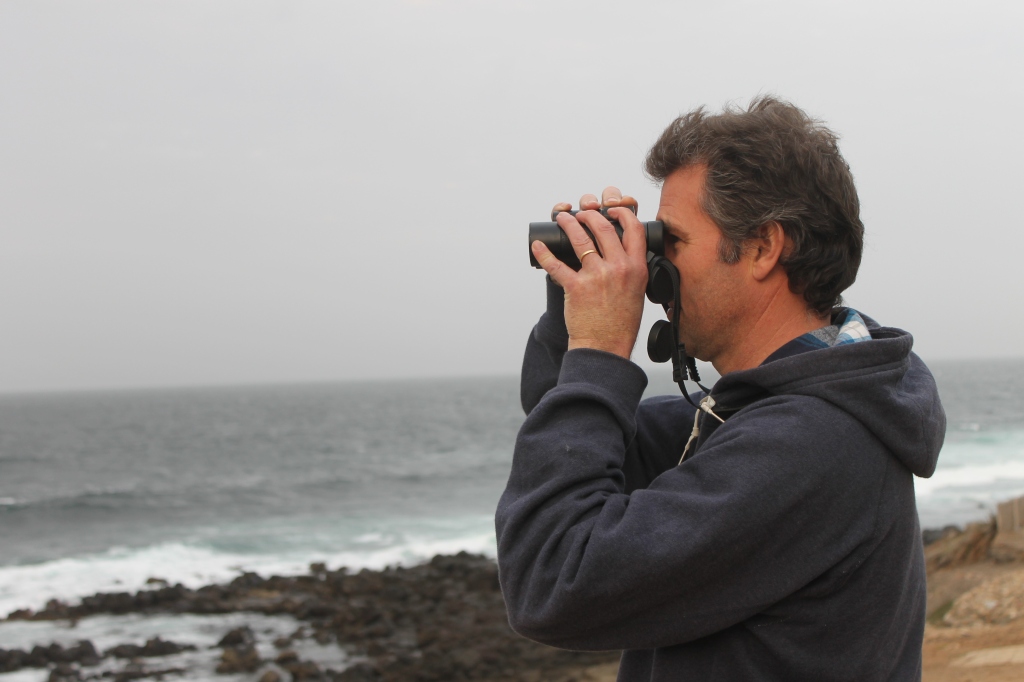Thijs Kuiken is Professor of Comparative Pathology at the Department of Viroscience, Erasmus MC, in Rotterdam. At the 2020 Waterfowl Conservation Workshop he will talk about Avian influenza in wild birds and the important findings of the subtypes of this virus over the past decades.
It took several decades after the isolation of influenza viruses from humans (1933) and domestic birds (1955) before wild waterbirds were identified as the original reservoir of influenza A viruses. Only in the 1960s and 1970s did evidence start to accumulate that healthy wild birds, primarily in the orders Anseriformes and Charadriiformes, are the ultimate reservoir of nearly all subtypes of influenza A virus. Preliminary evidence that wild birds could play a role in the global spread of this virus came from the outbreak in 2005-2006. More convincing evidence was collected during outbreaks in Europe and North America in 2014-2015. It is crucial to find out whether wild birds only remain occasional vectors for this H5 avian virus, or whether wild birds can become maintenance reservoirs. In the latter case, the global epidemiology of avian influenza would definitely enter a new era.

